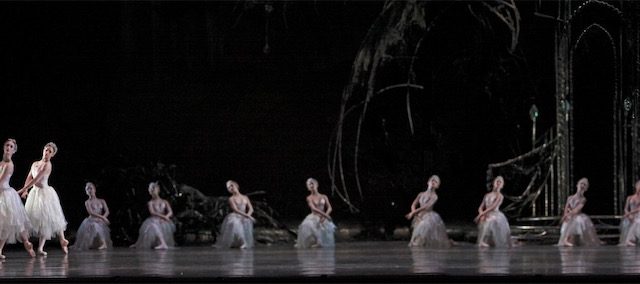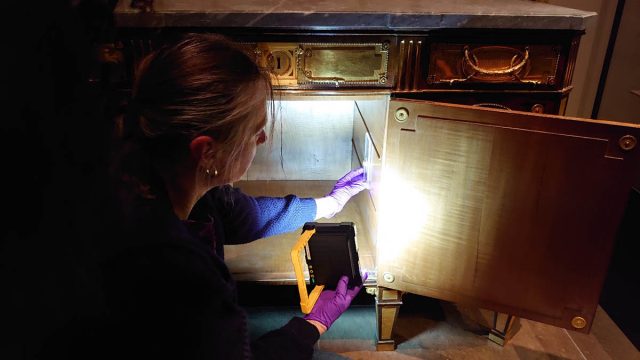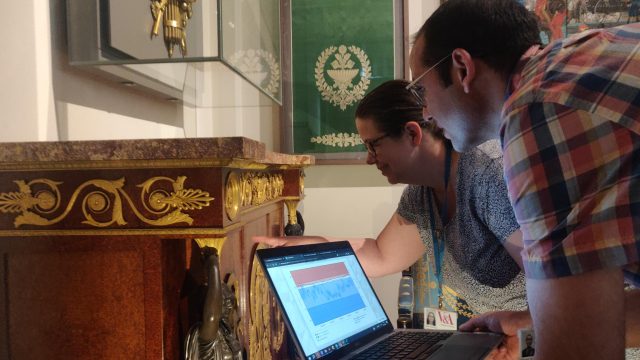Following on from my first blog post on the paper conservation for the Blythe House Collections Move project, here is a closer look at one of the more challenging sets of objects from the project.
During the audit of the Asia Stores a large, rolled package was slumbering on top of the roller racking. From the collections database it was not exactly clear what was inside, how many parts there were and what its condition was.
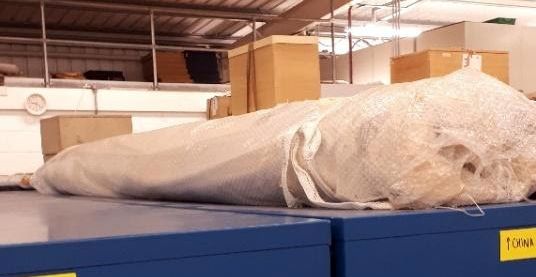
The Technical team helped move the large roll from this location to the only place on site with enough space to unroll this mystery package, which was where the largescale overhead photography was taking place in The Clothworkers’ Centre for the Study and Conservation of Textiles and Fashion. Therefore, I had to wait until there was a pause in this project to look at these items, with no idea about what I would find.
Upon unrolling I found there were four very large parts of a stunning design. By chance, I had been part of a group of students back in 2017 to work on another panel in the sequence so knew instantly the enormity of the task before me. The wallpaper was in poor condition, with a great deal of the front being friable and flaky and the back restricted and distorted by many layers of old linings and a hessian backing. This meant there was no way I could just reroll and wrap these items without quite a lot of intervention.
We decided to surface clean the front of each panel and apply a facing of rayon paper adhered down with funori, a traditional Japanese adhesive derived from three types of seaweed. After this was completed, it was still clear that the backings had to be removed and replaced to enable the essential rehousing around supportive cores.
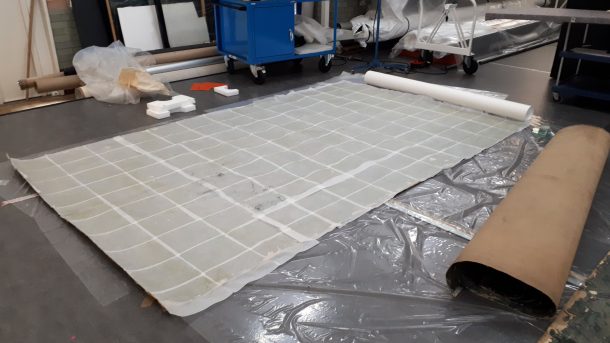
I then loosely rerolled the panels and had them transported upstairs to the Conservation studios. The project was again put on hold until the Decant textile and upholstery conservators completed their contracts and I could take over their studio space, which contained enough large work surfaces to work on these items. It was clear that if I removed the backings the items would need to be relined, which I would physically not be able to do alone due to the size of the panels.
With this being 2020 it was unclear when Covid restrictions would allow team working. Once it was safe to do so, my line manager Susan Catcher, Senior Paper Conservator, travelled to Blythe House to lead on this part of the process. I spent the beginning of each week working alone, wetting and peeling away the many layers of paper and adhesive on the back of a panel, and then we would speedily reline the back together in an afternoon, leaving the panel to air dry over a few days. I then rolled the panel securely around a large diameter archival core and wrapped it in manila and Melinex before moving onto the next panel. Once this process was complete, I cut some large blocks of plastazote so the rolls could be housed together.
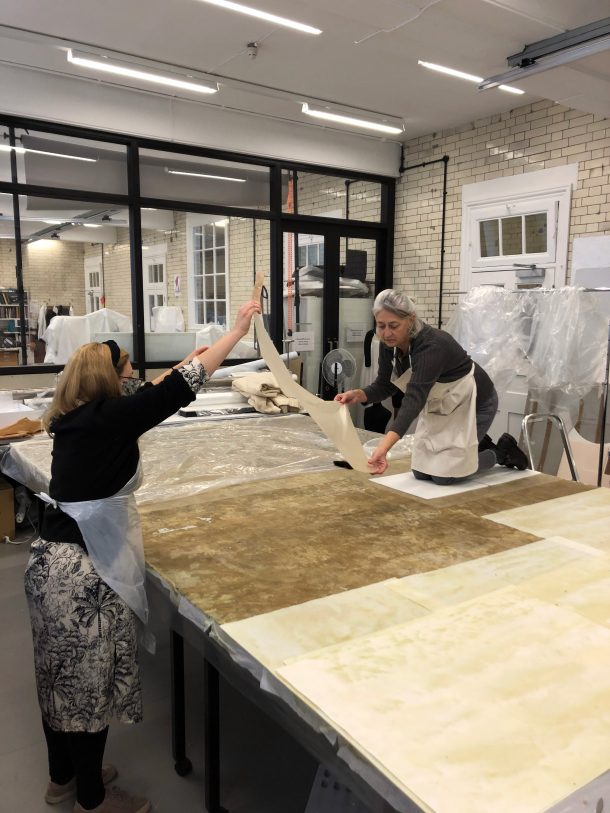
There is still more work to be done, such as removing the facings and consolidating the fragile surface more fully, but the aim was to get the items into a fit state to safely move to the new V&A East Storehouse, which was achieved. They are now far easier to access once the time comes for further conservation. It was a great project within the enormity of the rest of the Decant project that I was privileged to work on.
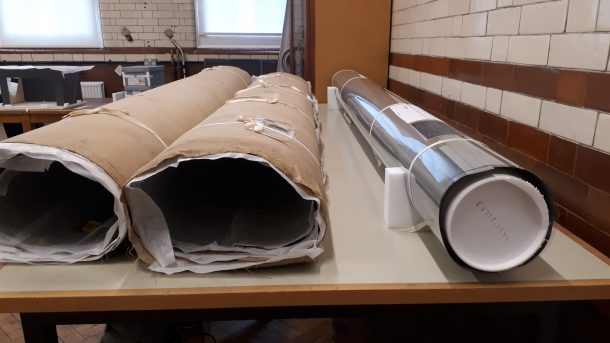
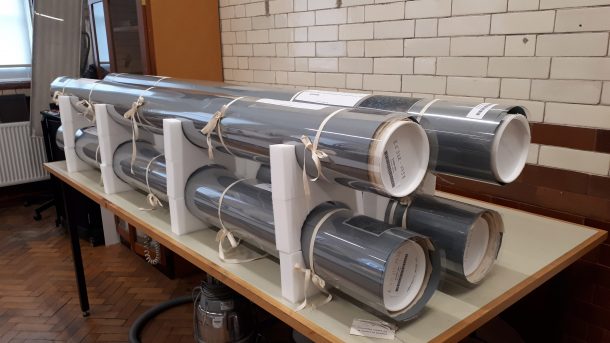
For more information about the wallpaper, visit https://collections.vam.ac.uk/item/O1346101/wallpaper/
